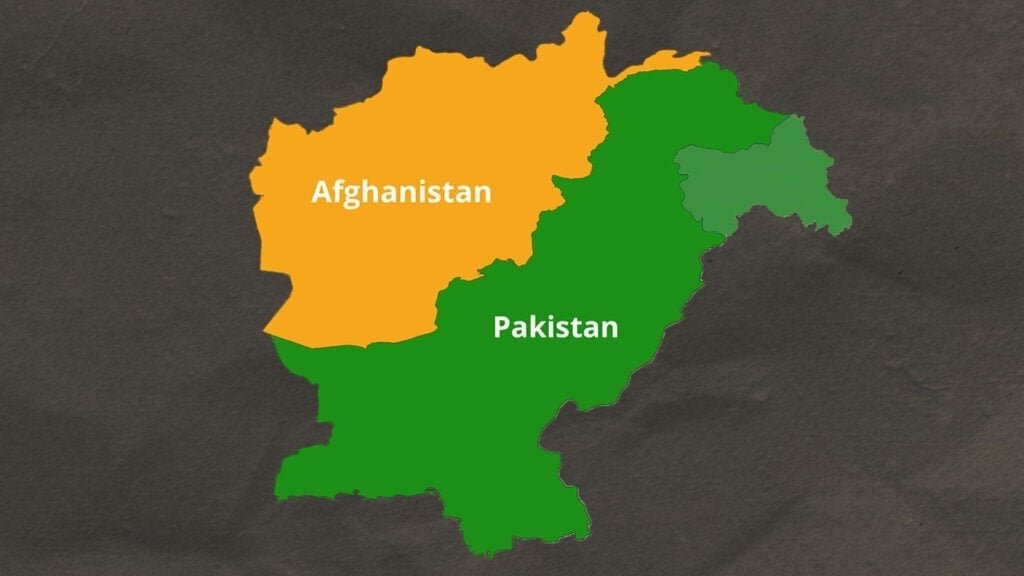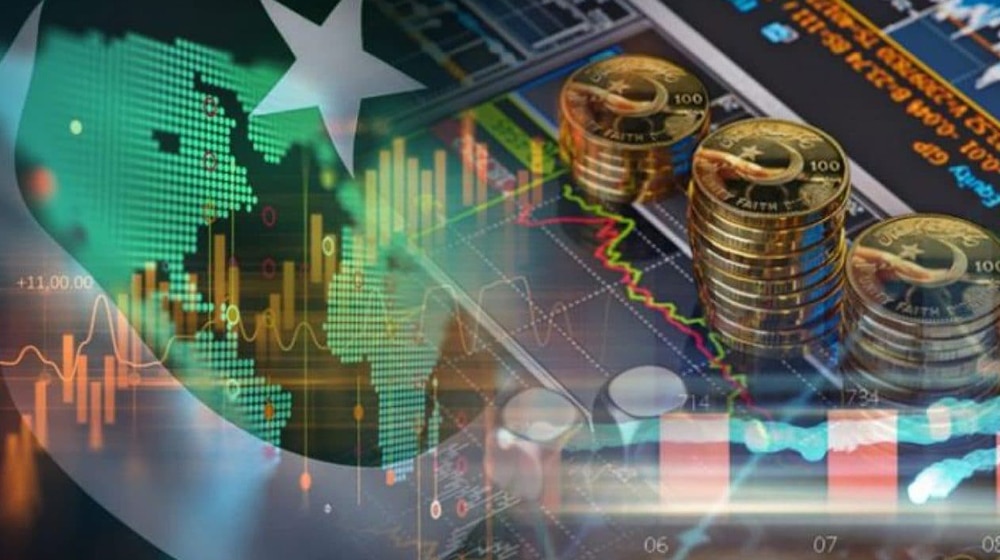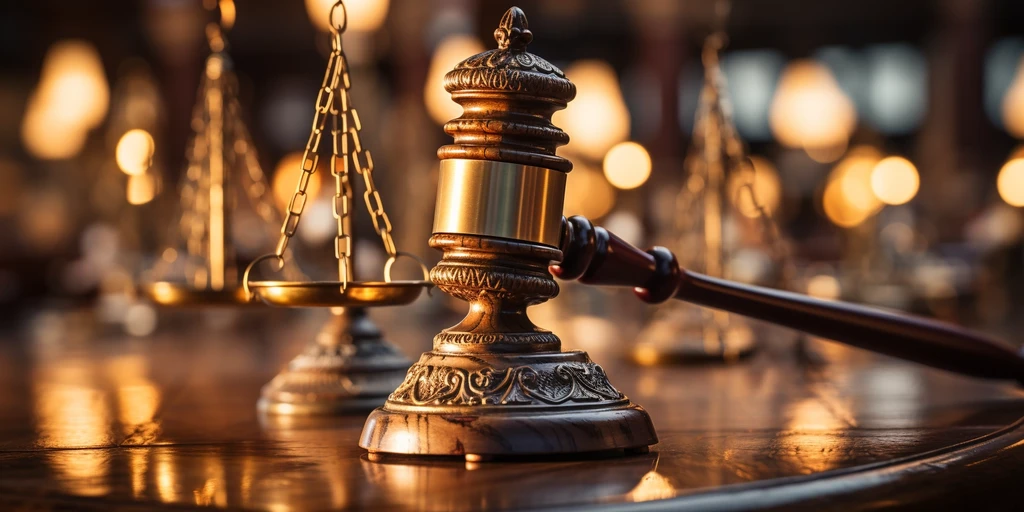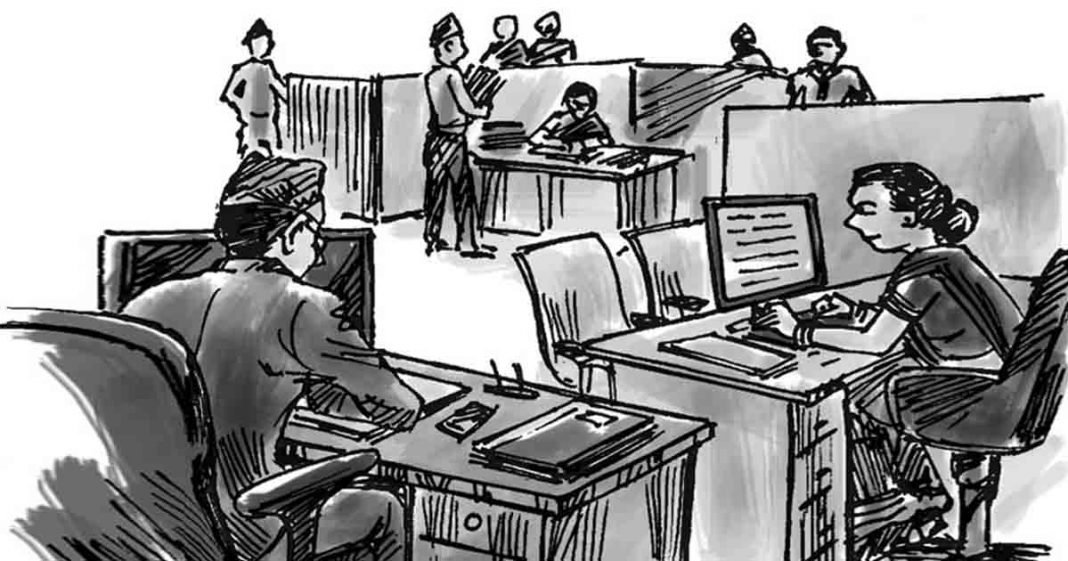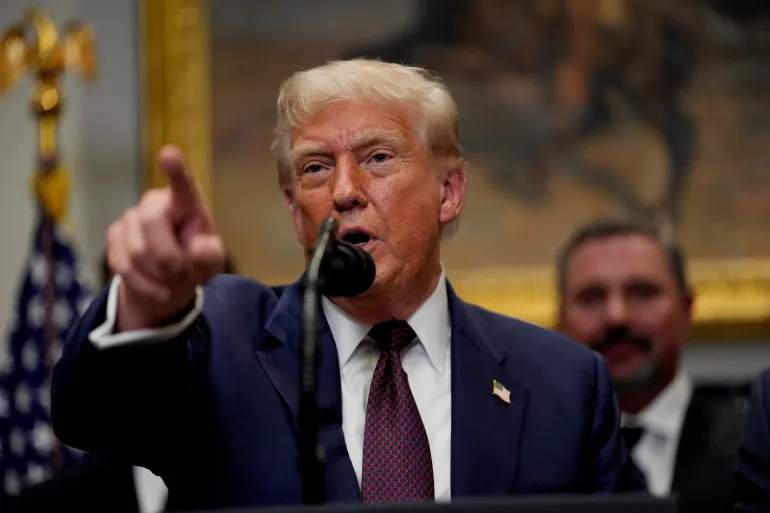By Mamona
In the whirlwind of seismic shifts sweeping the entertainment realm, a tempestuous conflict has emerged at the crossroads of artistic creativity and technological innovation. The explosive clash between actors, writers, and the entertainment juggernauts stands as a defining moment in the midst of the industry’s transformative evolution. The Writers Guild of America and the Screen Actors Guild, embroiled in relentless strikes, have cast a glaring spotlight on the pivotal role of artificial intelligence (AI) in this drama, fanning the flames of fear and apprehension.
It’s not a mere storm in a teacup; it’s a torrential downpour of concern that has been unleashed. Deep within the ranks of actors and writers lurks a haunting dread that the giants of the silver screen – Amazon/MGM, Apple, Disney/ABC/Fox, and others – are poised to exploit them through the cunning use of generative AI. This form of AI, a prodigious creator that learns from text and images to produce fresh visual and written masterpieces, has become a double-edged sword, carving pathways of innovation while instilling dread in the hearts of creative souls.
Peering Beneath the Veil: Unmasking the Fears that Haunt Creators
So, what exactly fuels the writers’ and actors’ trepidation? To dissect this enigma, let’s embark on an intriguing experiment. As a professor of cinematic arts, I took a simple step into the realm of AI. My request was simple: “Create a script for a five-minute film featuring Barbie and Ken.” In the blink of an eye, the AI conjured a script, an instant testament to its creative prowess.
Yet, the rabbit hole delved deeper. I sought a shot list – a roadmap of camera angles for the film. Astonishingly, the AI swiftly responded, weaving a tapestry of scenes that included a “montage of fun activities” and even a flourish of a flashback sequence. The pièce de résistance was a suggestion of Barbie and Ken strolling away from the beach hand in hand, a scene as vivid as it was evocative.
Then came the moment of truth. With a tap into a text-to-video platform, I painted a picture with words, calling for a cinematic shot of Margot Robbie as Barbie near the beach. A mere sixty seconds elapsed before a three-second video materialized, capturing a blonde figure on the sandy shore. In a whimsical twist, I transposed my face onto the visage, illustrating the ease with which AI blurs the lines between reality and fiction.
The Digital Dilemma: When Creativity Meets Convenience
The terrain I traversed, while a novel endeavor, raises a vexing question: What happens when AI’s creative prowess becomes accessible to the masses? The quality of the AI-crafted material may lack the polish of masterful artistry, but the implications are profound. Gone are the days when the realm of writers and the likeness of actors was exclusive; today, they are within reach of anyone wielding free online tools.
https://www.youtube.com/watch?v=LpbLu48LU8w
Don’t forget to Subscribe our channel & Press Bell Icon.
The swift march of technological progress ensures that the quality of AI-generated content will only improve, catering not only to individuals like me and global social media creators but potentially to studios armed with robust computational resources. With each stride forward, the once-distinct phases of pre-production, screenwriting, production, and post-production could morph into a streamlined symphony orchestrated by an AI conductor. This transformation breeds apprehension among writers, who fear being relegated to the role of AI-assisted script editors, surrendering their craft to the cold embrace of databases and writing tools.
Actors, too, face a digital dilemma. They grapple with the prospect of surrendering their likeness to studios, only to see it repurposed ad infinitum through deepfake technologies. The specter of virtual actors replacing live performers looms ominously, a development that strikes at the core of their profession. Furthermore, the erosion of their physical presence extends to their voices, as AI algorithms synthesize and manipulate vocal nuances, raising the unsettling prospect of perpetual exploitation without recompense. This unfolding narrative is set against a backdrop of dwindling earnings, casting a shadow over the livelihoods of the majority of actors.
Diving into the Abyss: Confronting Uncertainty and Forging a New Path
As the entertainment industry treads these uncharted waters, uncertainty reigns supreme. The impending collision between human ingenuity and AI’s boundless potential demands strategic navigation. The writers’ fears of becoming mere AI assistants and the actors’ apprehensions of being shadowed by virtual doppelgängers compel us to reflect on the essence of creativity and the sanctity of artistic expression.
Cognizant of this conundrum, stakeholders must chart a course that honors the roles of writers and actors while harnessing the power of AI. By blending the richness of human storytelling with AI’s computational prowess, a new narrative emerges – one that thrives on symbiosis rather than displacement. As the curtain rises on this tech-driven act of the entertainment saga, the stage is set for a tale where AI amplifies human brilliance, ushering in an era where the lines between art and technology blur and redefining the very essence of creative expression.
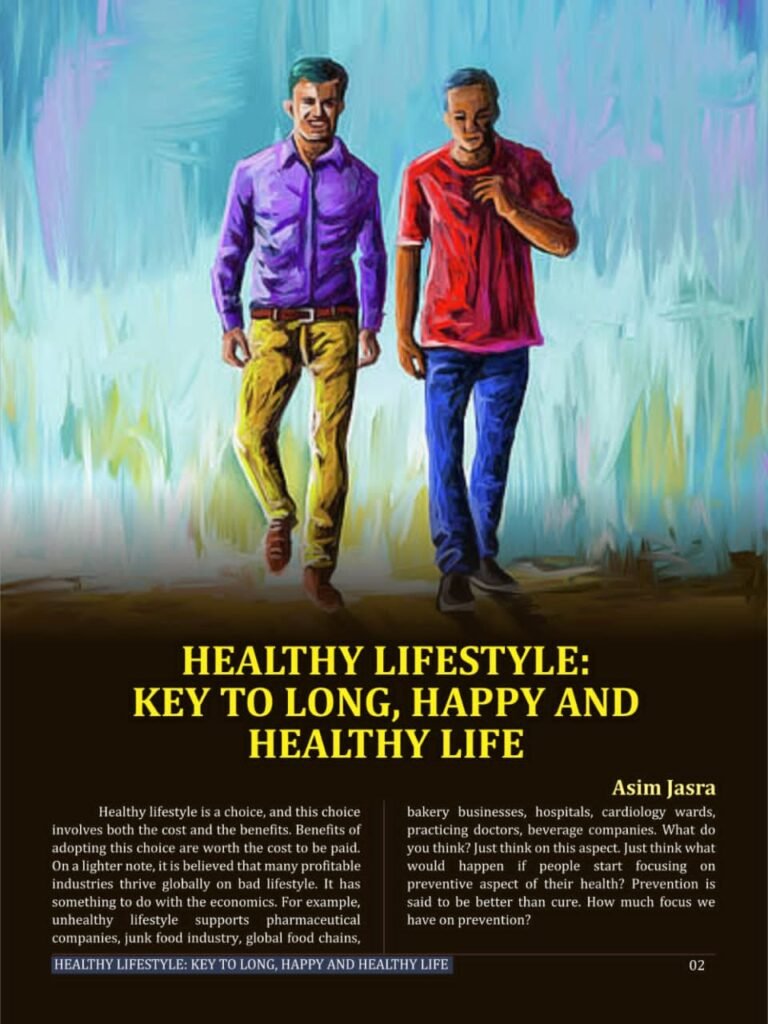
Check out our monthly English and Urdu magazines on Homepage
In the unfolding tapestry of June 2023, a Marvel spectacle unraveled. Glimpses of titles and enthralling opening sequences adorned the canvas, bearing the mark of AI’s hand in the creation of the Secret Invasion series on Disney+. This spectacle, however, wasn’t just about entertainment; it stoked the fires of controversy. The timing of this AI-driven revelation, coupled with the mounting concerns about job displacement by AI, lent an air of unease. A sour note was added by series director Ali Selim, whose description of AI’s role in the process struck a tone-deaf chord, amplifying the feeling that apprehensions were being met with little empathy.
Fast forward to July 26, and the digital landscape witnessed a momentous 48-second trailer. This sci-fi spectacle was no ordinary creation; it emerged from the minds of AI image generator Midjourney and the motion-wielding Gen-2 from Runway. The result? A visual symphony that dazzles the senses. Strikingly, no ink flowed from a screenwriter’s pen, and no thespian graced the stage. The narrative was stitched by the AI’s digital fingers, a testament to its creative prowess. Here, the fears of writers and actors collide with a brave new world of artistic ingenuity devoid of human intervention.
In another intriguing development, a name that evokes curiosity emerges – Fable. The embodiment of Showrunner AI, it beckons users to a realm where images, voices, and prompts intermingle to birth entire episodes. A virtual conjurer of stories, it weaves the user’s essence into the tapestry. Inspired by South Park, the creators have spun episodes where viewers metamorphose into narrative characters. A novel venture, it seeks to revolutionize audience engagement. Yet, lurking beneath the surface lies an icy apprehension for writers and actors, their craft threatened by the ever-encroaching embrace of AI’s allure.
As the curtain rises on this technological epoch, Volkswagen delivers a poignant stanza. An AI phoenix emerges – a resurrection of Brazilian musician Elis Regina, silenced in 1982. Under the deft direction of Dulcidio Caldeira, she serenades alongside her daughter, a digital duet echoing through the annals of time. The song’s beauty is undeniable, a testament to AI’s capacity to evoke emotion. Yet, beneath the melody, a nagging question lingers. What fate awaits one’s digital doppelgänger? In the era of AI, can one’s likeness be commandeered for purposes beyond the grave, raising specters of ethical quandaries and creative control?
Curtailing the Rising Storm: Safeguarding Creativity Amid AI’s Surge
The labyrinth of writers’ and actors’ anxieties beckons for an answer, a remedy that paints a canvas of collaboration and inclusivity. Could the entertainment industry rise to the occasion, conjuring a vision that dances on the cusp of AI’s advances while embracing writers, actors, and the myriad artisans who craft cinematic dreams?
A swift glance reveals a horizon ablaze with developers who wield AI’s tools like a masterful brush. A symphony of advancement echoes, promising to carve costs and reshape economies into a gig-oriented tapestry. Yet, beneath the veneer, the breeze carries whispers of indifference. The concerns of writers and actors, pillars of artistic expression, often fade in the face of this sweeping transformation. In this narrative, technology sets the tempo, relegating human aspirations to the shadows.
But pause for a moment, and ponder a different course. Imagine AI’s tools sculpted by the hands of informed actors and writers, each keystroke etched with artistic sensibilities. What if these very creators harnessed AI’s potential, crafting a tool tailored to their vision? A playwright’s symphony, an actor’s canvas – imbued with their essence, not just coded commands. The realm of intellectual property, copyright, and creative ingenuity would find fresh perspectives, an intersection of human artistry and AI’s computational grace.
And so, the tantalizing question lingers – could this fusion birth an ecosystem where creativity flourishes, innovation thrives, and AI dances in harmonious synchrony with human ingenuity? Envision a realm where AI’s brushstrokes are guided by the hands of creators, enriching, not supplanting, the fabric of artistic expression. As the sun sets on the threshold of an AI-etched era, the overture is poised to transform into a resounding crescendo, a tale where collaboration isn’t just a promise but a vibrant reality.
Subscribe our website for latest updates:
https://republicpolicy.com/shop/
Read More





